#australian fauna
Text
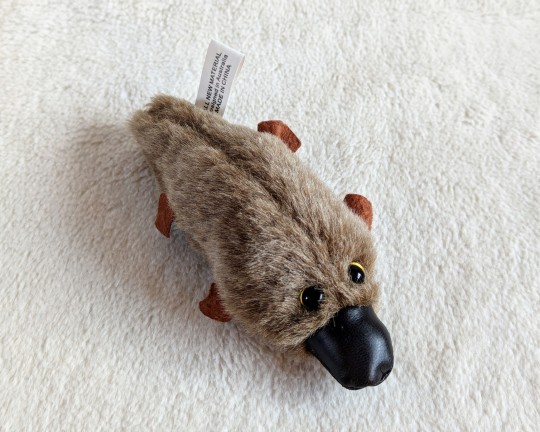

The most chuckable shaped platypus, unknown manufacturer.
343 notes
·
View notes
Text

death by greed and gluttony; generations pass and none will know of my name, my face, my call. An echo of what I once was.
#thylacine#i miss the thylacine :[#paleoart#thylacine artwork#this is NOT vent artwork btw i just miss the thylacine it makes me really upset#thylacine art#extinct animals#australian fauna#australian artist#extinct animal#extinct species#extinct fauna#my art#// blood#tw for blood#tw blood#blood#blood warning#blood art#cw blood
109 notes
·
View notes
Note
Please tell me about the great emu war of 1932 :3
"Haha Australia lost a war to emus twice"
NO BUT YOU DON'T UNDERSTAND!!
Here's why:
First, I don't believe foreigners know how BIG emus are, and how much of their stocky main body is just layers and layers of feathers
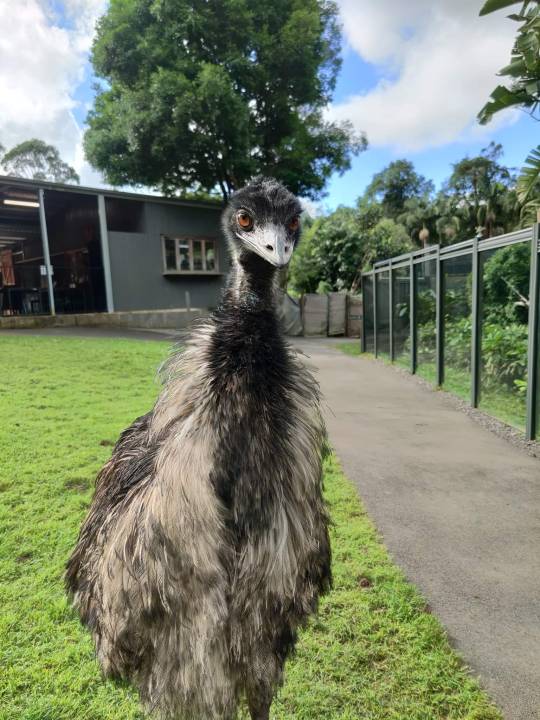

This is Peck. He doesn't actually Peck but he LOVES the LADIES and for reference, that's me as he's uh... trying to woo me. I'm 4'11 / 149cm tall and in that photo he's not standing at full height either because he's preparing to get lower and ahem, grind. He is also a juvenile.
Emus are typically 5.7 feet/1.75 meters tall, but they have been recorded to get up to 6.2 feet/1.9 meters.
So imagine you've got this big ass dinosaur bird with the most t-rex looking feet perfectly designed for running. Yeeting. Skeeting. Killing you maybe. And now take into account these flightless fucks can run up to 62 Kilometers per hour. THATS 39 MILES PER HOUR TOP SPEED.
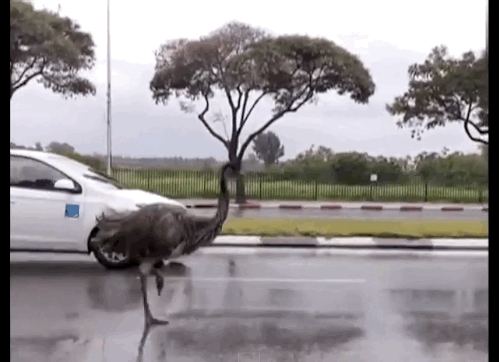
Now add 20,000 emus.
So 20,000 emus against poverty-stricken farmers with failing crops, farmers WHO WERE MOSTLY WW1 VETERANS BY THE WAY. Yeah nah.
Here's a visual to help y'all understand how insanely large emu groups get.
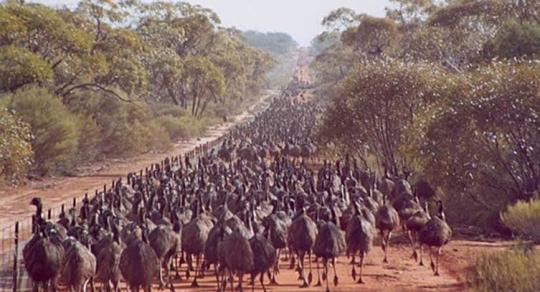
Onto why the hell were there so many emus on the farmlands (even tho... yknow... the emus and the local indigenous were there first but we won't get into that.)
Basically a big drought made the horde of emus move away from their usual dwindling territory, onto the sprawling Australian "farm lands" and remember I mentioned their feet before? BIG STOMPY. Whatever crops that had somehow managed to survive the severely vitamin-deficient soil and grow, did not in fact, survive the dinosaur feet as the emus strolled through, pecking and foraging the ground along the way.
The plight of the veteran farmers didn't fall on deaf ears, but the Australian government severely underestimated the power of 20,000 emus by a LONG shot. Plus they weren't all that interested either, until at least it was reported that the emus were destroying the Rabbit Proof Fence. What legends.
For the first "war" the government sent 3 men.
Yep. You heard me. Three guys. Major Meredith, Sargeant McMurray and a soldier by the name of O'Halloran.
They had one truck with a machine gun, and probably other guns, but between them roughly 10,000 rounds of ammunition.
So off they went. To wage war against the progressive emus breaking the symbol of "White Australia" AKA the Fence. Oh and also I guess the starving vets.
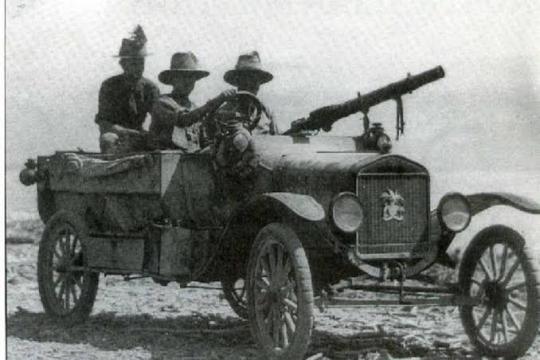
This is it. This is what they had.
Locals from all around joined in the fight and tried to herd the roaming groups of emus into the murder range but the emus had a tactic. One that us Aussies use at bush doofs when you hear police sirens- and that is to SCATTER.
They only killed "a dozen birds" from a group estimated to be around 1000. It didn't help that the machine gun jammed during this organised ambush.
And by then, the Emus clicked onto what was happening. They split up into smaller groups, observed to be led by the largest sized male who kept an eye out for the enemy. Never again did they risk coming together as seen before.
The war was lost. Only a few more attempts were made that had little success and Ornithologist Dom Serventy concisely summarised the whole operation.
I want to remind you all that this is a recorded statement, kept on file in legal military documentation
"The Emu command had evidently ordered guerrilla tactics, and its unwieldy army soon split up into innumerable small units that made use of the military equipment uneconomic. A crestfallen field force therefore withdrew from the combat area after about a month."
Let's move onto Emu War Part Two: Unsuccessful Boogaloo
Heads up by the way, TW below.
Emus were still, y'know, Emu-ing about and the drought didn't let up either. People were still dying of starvation, becoming homeless and committing suicide. It took the Premier of Western Australia, and a Base Commander in the military penning letters and using media pressure to finally convince the government to give it another go.
Major Meridith returns to the War and having learnt from practically everyone's past assumptions of the highly intelligent sonic-speed bird, brought success. And by that I mean, more success than the previous war.
Ultimately only 5% of the 20k Emu Army were ever killed, and even that is debated since it is more than likely they inflated numbers of kills to lessen the damage of being completely inferior to the superb qualities of the Emu.
A Federal parliamentarian (like a senator) when asked about whether there should be a medal made for the conflict, he replied with:
"Any medals should go to the emus who had won every round so far."
And of course in true Aussie fashion, the Defence Minister who supported and approved for the Emu War 1 and 2, was given the title by the Australian public, and international conservationists of ‘Minister for the Emu War’.
Ouch, but also, Not Every Problem Has To Be Solved With Guns.
Ironically what worked far better was the implementation of fences to keep the Emus OUT and unfortunately, a bounty system that saw many locals and professional hunters alike have FAR more success than an entire military operation. 57,000 bounties were claimed in a six month period after it being introduced in 1934.
Thus concludes the Great Emu War of 1932.
If you're asking why I know this, I studied it when I was 16, and made an entire poster to which I gave it to my Japanese Teacher. For context: I was living in Japan. Going to a Japanese School. And teaching my poor English teacher about this Emu War that he only believed once he looked it up. As a parting gift I gave him a poster. Shout out to Kawamura-Sensei you tried so hard not to laugh at the poster but I won that war.
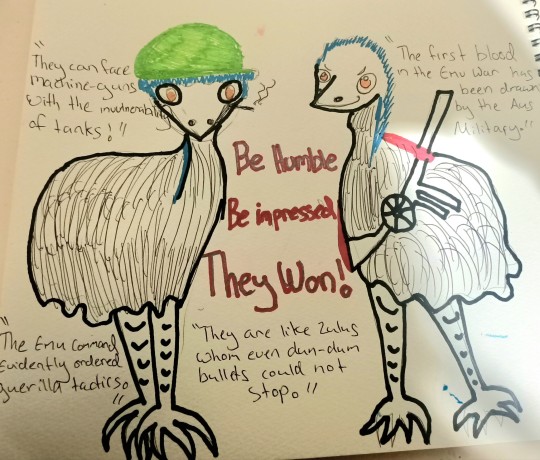
Here it is. All the quotes on there are real too!
#emu war#great emu war#the great emu war#emu#australian emu#australian army#australia#australian#emu meme#australian fauna#long post#history#australian history#major meridith#aus gov#aus history#auspol#bush doof#doof#aussie culture#aussie#animal death#birblr#bird#birb memes#bird death#animals#animalblr#wild birds#wild animals
107 notes
·
View notes
Text


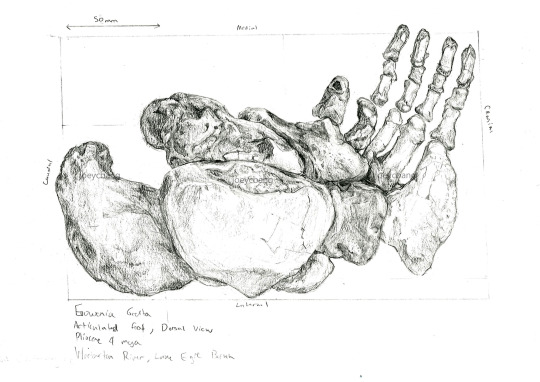


I took a four week intensive on Scientific Illustration over the summer, and these are what I consider my best work. It was a very interesting experience and I don't think I've learned so much in that short of a period before.
Specimens:
Thylacine Thylacinus cynocephalus: Copy of WAM 13.2.16
Red Kangaroo Osphranter rufus: FUR 272
Euowenia grata: FU 2671
References:
Camens, A. and Wells, R. (2009) ‘Diprotodontid footprints from the Pliocene of Central Australia’, Journal of Vertebrate Paleontology, 29(3), pp. 863–869. Available at: https://doi.org/10.1671/039.029.0316.
Camens, A.B. and Wells, R.T. (2010) ‘Palaeobiology of Euowenia grata (Marsupialia: Diprotodontinae) and its Presence in Northern South Australia’, Journal of Mammalian Evolution, 17(1), pp. 3–19. Available at: https://doi.org/10.1007/s10914-009-9121-2.
#joeycbang art#scientific illustration#paleoblr#paleoart#orthographic projection#extinct species#extant species#thylacinus cynocephalus#thylacine#osphranter rufus#red kangaroo#euowenia grata#diprotodontidae#diprodontia#marsupials#megafauna#australian megafauna#australian fauna#id in alt text#so yea this is why i haven't had any art for my main in a bit. i've been a busy boy#yes i made ANOTHER blog for this i'm blogs georg
47 notes
·
View notes
Photo

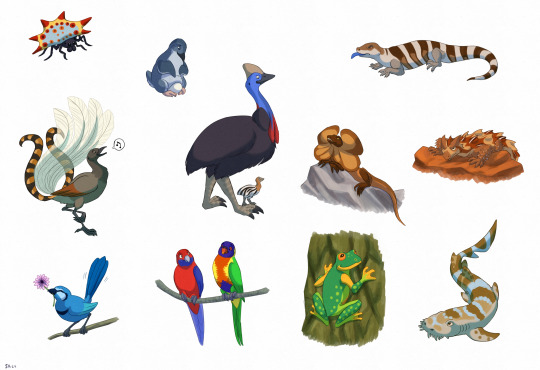
So, I drew a bunch of african animals in a TLK imitation style last year and I had a person suggest i should draw animals from other places in the same style so heeere’s aussie tlk or smth
Top to bottom, left to right: Spectacled flying-fox, eastern pygmy-possum, spotted cuscus, dugong+remora, spinifex hopping mouse, numbat, red-legged pademelon, platypus (Page 1)
Jewel spider, little penguin, cassowary, common bluetongue, superb lyrebird, frilled lizard, throny devil, spendid fairy-wren, crimson rosella, rainbow lorikeet, red-eyed tree frog, wobbegong shark (page 2)
#tlk#art#australian fauna#flying fox#possum#cuscus#dgong#mouse#numbat#platypus#spider#penguin#cassowary#lizard#treee frog#wren#parrot#wobbegong#shark
79 notes
·
View notes
Text


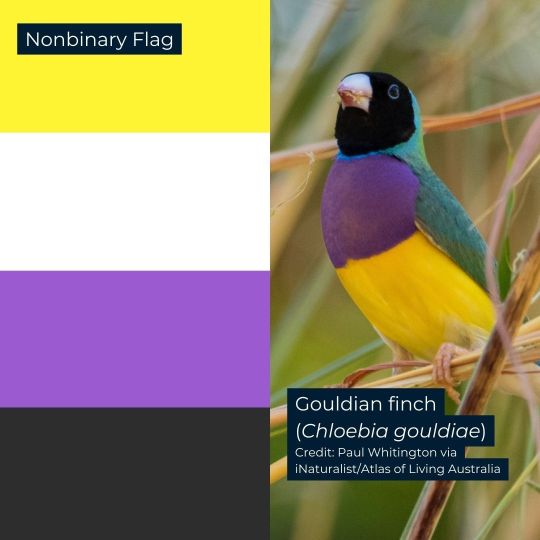
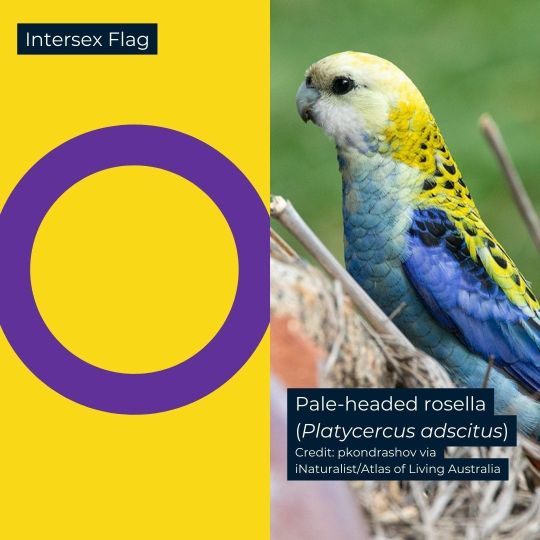





From the CSIRO official Instagram account: Pride Flags as Aussie Birds.
8 notes
·
View notes
Text
The Great ACT-NSW-NZ Trip, 2023-2024
From just before Xmas until the end of January, @purrdence and I were away from Perth, on what I'm fairly sure is the longest holiday I've had since High School, and that was just the summer breaks.
Which is not to say that the first week, in the Australian Capital Territory and New South Wales, went according to plan. For one thing it turns out that melatonin doesn't help me on long plane trips - it just makes me nauseous. And the property manager for the place we were supposed to be staying at in Canberra ghosted us. And then Purrdence, despite all our precautions before and on the fight, came down with COVID, so that shot any plans of us visiting my family for Xmas.
Species-wise, there was also the fact that quite a few of the species I saw I've actually posted about before, on previous visits to the Eastern States, and a fair number of them are also found here in Western Australia (This would go on to be an issue in New Zealand too, but more on that later).
Still, I got more than enough photos and new records to keep me interested, so there's going to a LOT of new blog entries over the next few months.
Here's a few species from Belconnen, in Canberra, that I've discussed before. Some back when the blog was still in single digits.
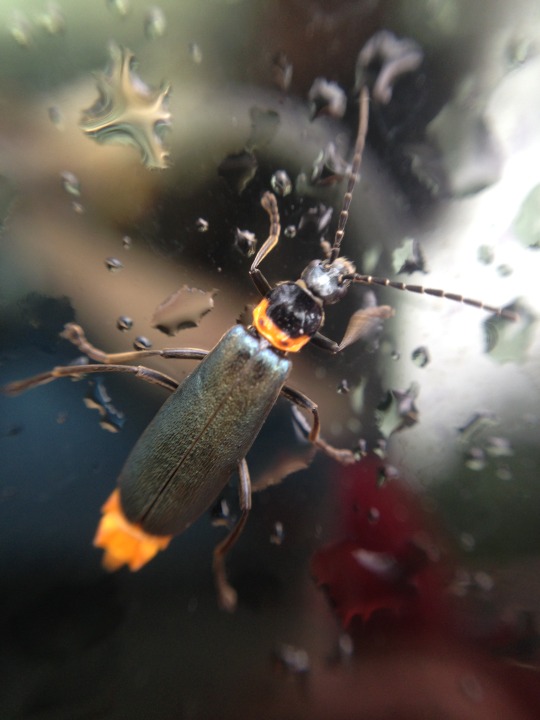



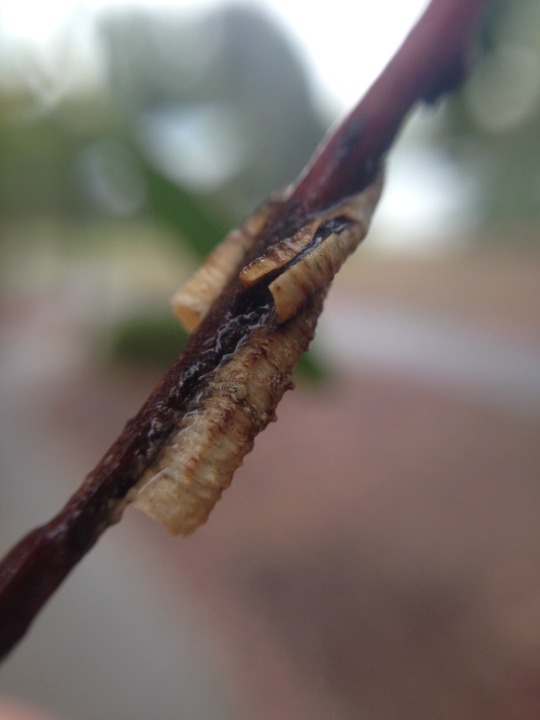

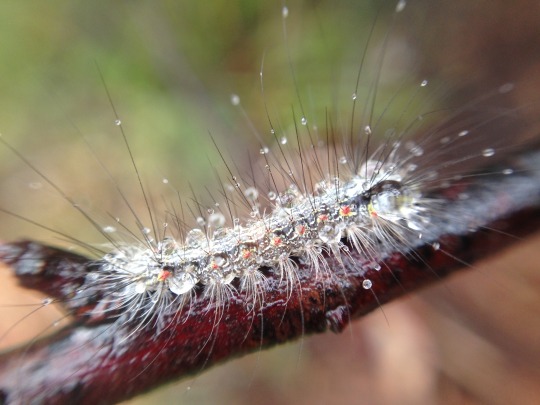
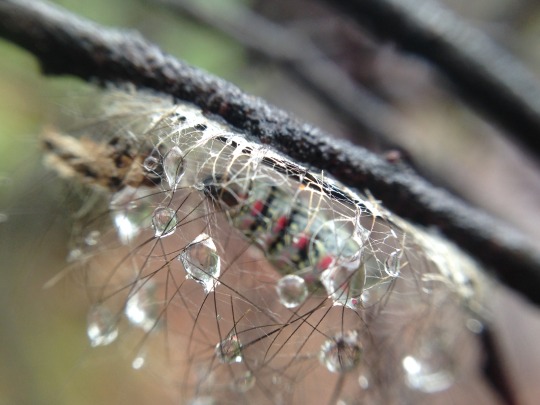


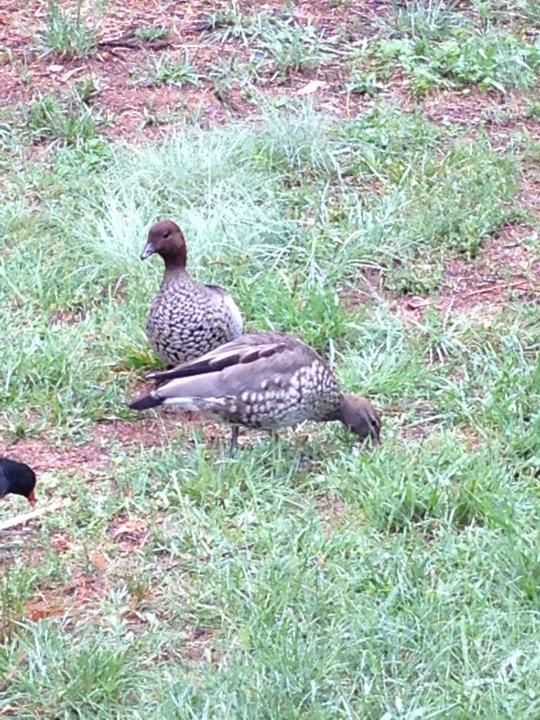

#australian beetle#australian bird#australian moth#australian bug#australian spider#australian fauna#australian capital territory
2 notes
·
View notes
Text

I have found a friend
#clevercrowcurios#rainbow lorikeet#parrot#birdlovers#bird#Australian fauna#fauna#cute animal#australian animals#animal#birdphotography
12 notes
·
View notes
Text
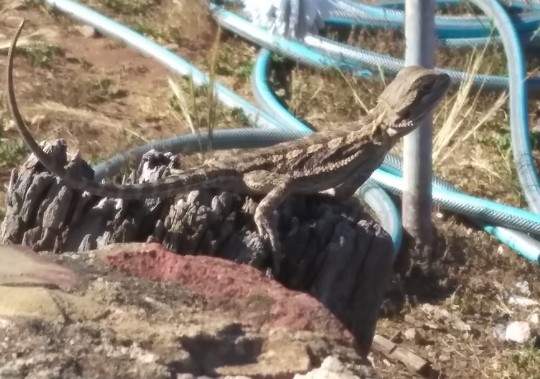
There is a friend in my garden and I love seeing them. Zero fear of humans. Fed them a mealworm once, might offer them another in the future.
Just a little guy, enjoying the sun.
3 notes
·
View notes
Text
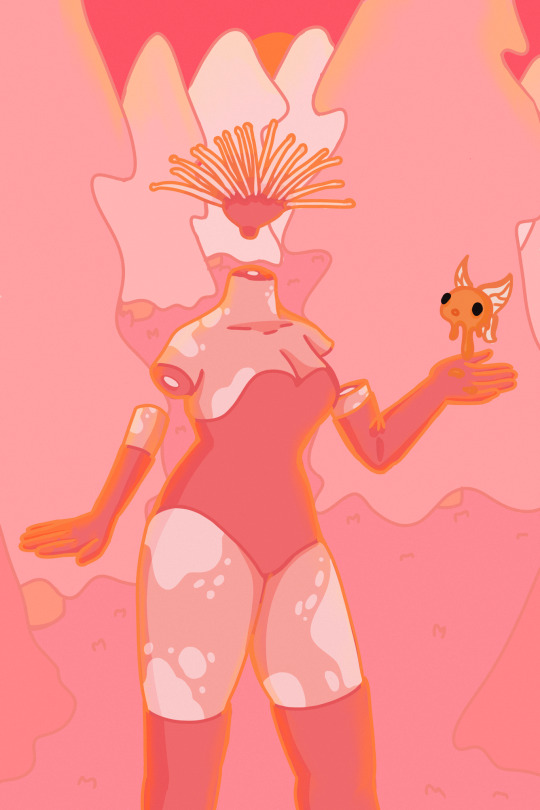
Name the blobby thing. Top Liked comment wins.
#art#artist#artwork#digital art#aesthetic#drawing#illustration#cute#painting#procreate#oc#original character#fairy aesthetic#gum tree#flower#flowers#flower art#gum blossom#Australian flowers#Australian fauna
2 notes
·
View notes
Text
An introduction to Biooz The fauna of Australia
Welcome to our brand-new blog, where we will embark on an exciting scientific journey through the incredible and diverse world of Australian fauna. Here, we'll delve into the remarkable and sometimes peculiar creatures that call the Land Down Under home. From the iconic kangaroo and koala to the more obscure marsupials, reptiles, birds, frogs, and insects, in this blog we will leave no stone unturned in our quest to explore the fascinating tapestry of Australia's wildlife.
Australia is a land like no other, boasting a unique and extraordinary ecosystem that has evolved in isolation for millions of years. It’s a vast landscape, which ranges from lush rainforests to arid deserts and expansive coastlines, these landscapes provide a rich and diverse habitat for a wide array of animal species. In this blog, we'll journey through this breathtaking country, uncovering the mysteries of its wildlife.
What to Expect from this blog
Here's what you can expect from this blog:
In-Depth Profiles: We'll take you up close and personal with the iconic and lesser-known creatures that roam this continent. Discover their fascinating biology, behavior, and unique adaptations to the Australian environment.
Conservation Insights: Australia is home to many endangered species facing various environmental challenges. We'll shed light on conservation efforts and the importance of preserving these incredible animals and their habitats.
Natural History: Get ready to journey through time as we delve into the evolutionary history of Australian fauna. We'll explore how these creatures have adapted to their surroundings over millions of years.
Travel and Wildlife Spotting: For the intrepid travelers among us, we'll share tips and locations to experience the Australian wildlife firsthand. Whether you're a local or planning a future trip, this blog will help you make the most of your adventures.
Q&A and Community Engagement: We encourage questions and discussions from our readers. Curious about a particular species or want to share your own wildlife encounters? We'd love to hear from you and foster a sense of community in our exploration of Australia's fauna.
Join Us on This Remarkable Journey
Australia's fauna is a treasure trove of biodiversity, and we're excited to take you along as we unravel its many mysteries. Our mission is to foster a deep appreciation for these unique animals and raise awareness about the challenges they face in an ever-changing world.
So, whether you're a seasoned biologist, an avid wildlife lover, or just someone with a curious mind, join us in our quest to explore the remarkable world of Australian fauna. Together, we'll gain a greater understanding of the incredible creatures that make Australia a truly special place. Stay tuned for our upcoming posts. Welcome to the adventure!
#Australian fauna#Australia#Wildlife blog#wildlife#Biodivesity#Australias wildlife#Australian Fauna#Wildlife Blog#Biodiversity#Australia's Wildlife#Kangaroos#Koalas#Marsupials#Reptiles#Birds of Australia#Frogs in Australia#Insects Down Under#Conservation Efforts#Natural History#Australian Ecosystem#Travel Tips#Wildlife Spotting Locations#Community Engagement#Endangered Species#Environmental Challenges#Wildlife Exploration#Australian Animal Profiles
0 notes
Text


A funny little emu by Grab A Jumbuck. Tippy toes...
229 notes
·
View notes
Text
yeah facebook is terrible but sometimes you stumble across pure gold. there are dream animals i want to see in the wild and there will be posts like

ma'am that is the critically endangered regent honeyeater. There are less than 300 of them left in the wild
#the anklet indicates captive breed and released BUT STILL#i want to see one so bad this is so funny to me#birds#regent honeyeater#Anthochaera phrygia#bird#honeyeater#australian animals#fauna#conservation#wildlife
20K notes
·
View notes
Text
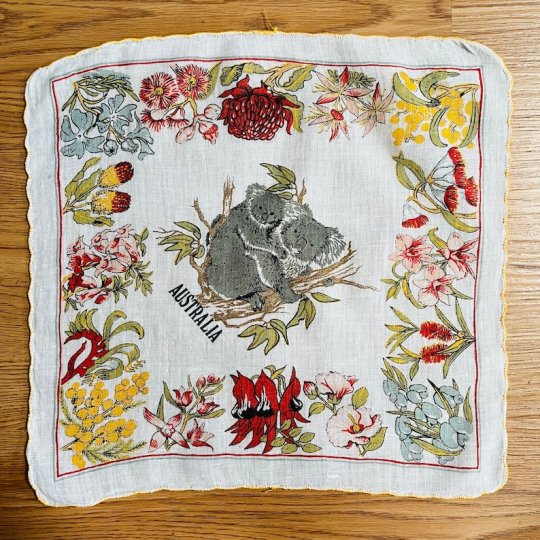
Vintage Australia koala Handkerchief byMazeVintageStore
#MazeVintageStore#handkerchief#koala#vintage#vintage fabric#australia#australian#floral#botanical#fauna and flora#fauna#flora#nature
173 notes
·
View notes
Text
Henry Burrell · Platypus · 1910s


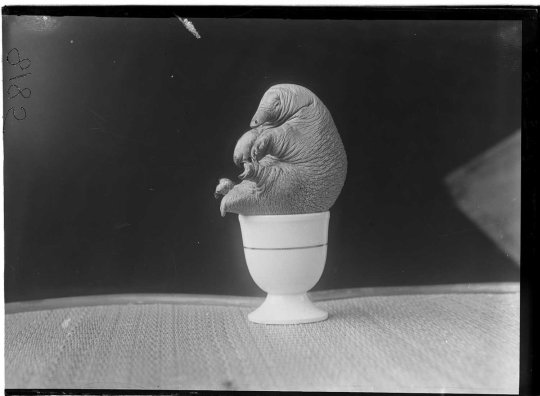
Henry James Burrell (1873-1945) ~ Young Platypus, ca. 1914. Glass negative | src Australian museum
[...] most famous for being the first person to successfully keep platypuses in captivity. To do this he invented the ‘platypusary’, a storage tank which enabled him to both study and exhibit live platypuses. The platypusary was used [...]
view & read more on wordPress
#Henry Burrell#platypus#glass negative#fauna#australia#echidna#animals#glass plate negative#Henry James Burrell#nature#nature photography#1910s#serpent#snake#wild life#australian museum#australian animals
154 notes
·
View notes
Text

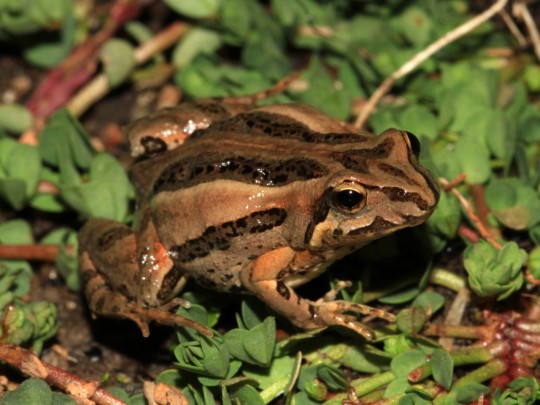
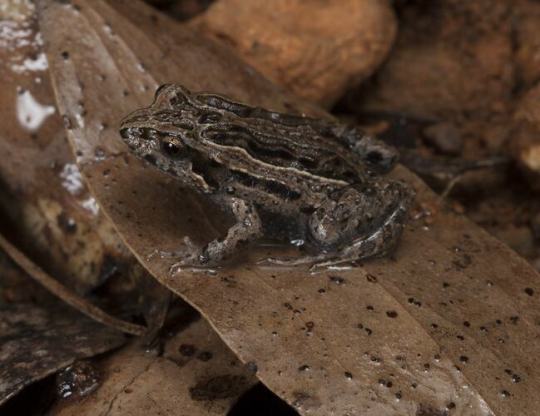

Commune with the Common Eastern Froglet
The common eastern froglet (Crinia signifera) is, as its name suggest, a widely encountered species of frog in eastern Australia, as well as the island of Tasmania. This species can be found in many habitats, including deciduous eucalyptus forests, wetlands, and agricultural and urban ponds and dams. During the dry season, froglets will also shelter under logs or leaf litter to prevent desiccation.
C. signifera is one of the smallest species of frog, reaching only 3 cm (1.2 in) in length. Most individuals are brown, but specific markings can vary widely from region to region; some have dark stripes while others take on a more mottled appearance, though generally the belly is lighter than the back and head. Because this species is largely terrestrial, they lack webbing on their toes.
Like most frogs, the common eastern froglet consumes primarily insects, especially mosqitoes, cockroaches, flies, and small spiders. In turn, the species is food for a wide variety of predators including larger frogs, fish, birds, and small rodents. Because C. signifera is active all year round, its distinctive cricket-like "Crick crick" call can be heard in every season, typically as males attempt to attract a mate, though their coloration and small size makes them difficult to find.
Under ideal conditions, C. signifera mates througout the year. Once a male has attracted a female, typically by being the loudest male in an area, he will climb on top of an inseminate her in a common position known as amplexus. Afterwards, the female will lay upwards of 200 eggs attatched to a leaf or stick at the water's surface level. Though these eggs are a popular snack for predators, it only takes about 10 days for them to hatch; afterwards, hundreds of tadpoles will occupy the water for anywhere from 6 weeks to 3 months. Fully mature adults leave the water to find food and mates, but will often stay close to their original breeding ground.
Conservation status: The IUCN considers the common eastern froglet to be of Least Concern. Though the species is threatened by habitat loss, it is remarkably resilient to the chytrid fungus which has devestated so many other Anuran species.
If you like what I do, consider leaving a tip or buying me a ko-fi!
Photos
Stephen Mahony
Matt Clancy
David Paul
George Vaugan
#common eastern froglet#Anura#Myobatrachidae#froglets#Australian ground frogs#frogs#amphibians#deciduous forests#deciduous forest amphibians#wetlands#wetland amphibians#urban fauna#urban amphibians#oceania#australia#east australia#biology#zoology#animal facts
105 notes
·
View notes